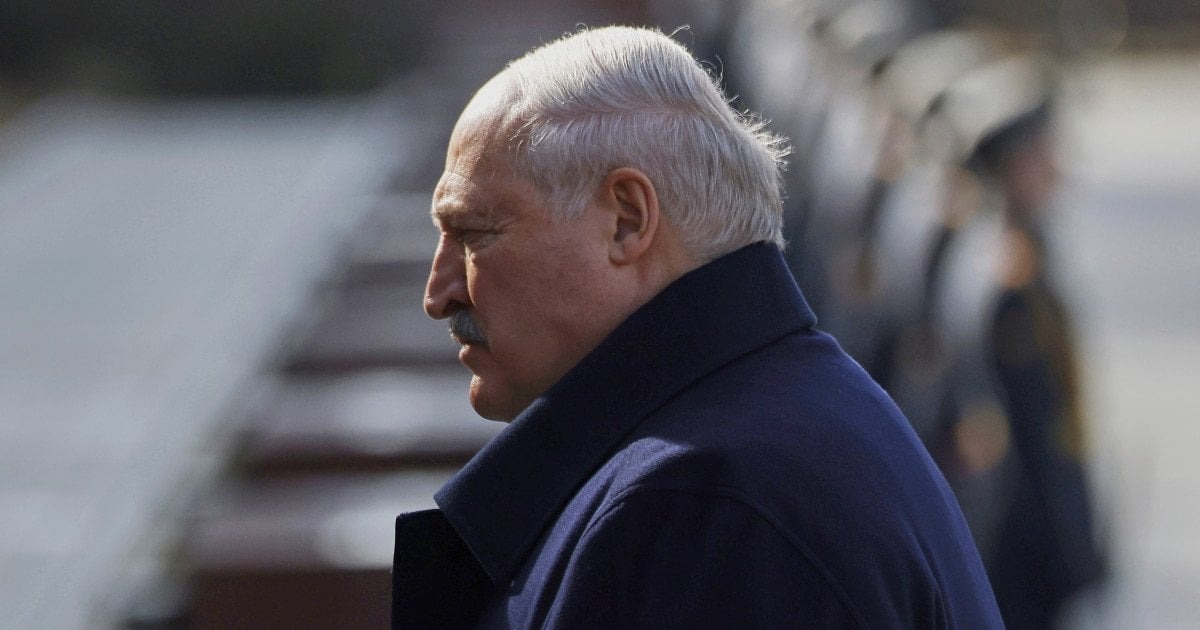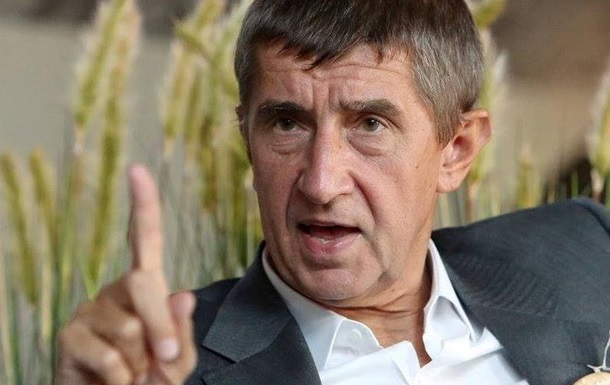Количество новых моделей легковых автомобилей, оснащенных турбонагнетателями, постоянно растет. Эти компоненты все чаще встречаются в оборудовании бензиновых двигателей и почти во всех дизельных двигателях. В результате они могут быть более компактными, эффективными и экологичными при сохранении высоких технических характеристик, да и ремонта турбин Киев выходит вполне бюджетным.
Предложение послепродажного турбокомпрессора Delphi относится к продукту широкого спектра применения в европейских и азиатских автомобилях и включает в себя обе конструкции со спускным клапаном и переменной геометрией лопастей. Каждый из этих продуктов проходит тщательные испытания в области динамической балансировки ротора и калибровки системы контроля давления. Он также имеет стандартную 24-месячную гарантию без лимита пробега и комплект сборки, входящий в поставку. Благодаря своей надежности и долговечности турбокомпрессор обеспечивает своим производителям высокую степень конкурентоспособности на рынке.
Перед утверждением каждый элемент проходит до 30 различных тестов качества, основными из которых являются:
A. всесторонняя оценка всей сборки,
B. установка и калибровка механизма управления,
C. совместимость выбранных компонентов со спецификациями,
D. динамическая балансировка ротационной сборки,
E. Эластичность контура масла,
F. полнота оборудования со всеми крепежными элементами и прокладками,
G. турбинные лопасти изготовлено из сплава с высоким содержанием никеля.
Системы турбонаддува
Сам принцип турбонаддува, то есть сжатие всасываемого воздуха с помощью энергии двигателя, основан на, так называемом, процессе положительной муфты: чем больше она горит в топливных цилиндрах, тем быстрее вращается турбина, а вместе с ней и компрессор, увеличивая количество воздуха, закачиваемого в камеры сгорания. Однако в современных двигателях эта зависимость требует дополнительных модификаций в зависимости от удельной мощности при разных нагрузках и скоростях вращения коленчатого вала. Поэтому скорость перезарядки должна меняться в определенной степени.
Этот эффект достигается за счет изменения скорости вращения турбины с помощью двух альтернативных решений: управляемое клапаном направление выхлопной части непосредственно в выхлопную систему через обходной канал в обход турбокомпрессора, управляемый пневматическим или электрическим (шаговым) исполнительным механизмом, положение лопастей турбины относительно своей оси вращения. Для сброса избыточного дымового газа из входного канала турбины используется клапан, когда достигается порог давления наддува. Это обеспечивает постоянную и высокую мощность в широком диапазоне оборотов двигателя. В турбине с изменяемой геометрией положения, лопасти направляют поток газа в корпусе. Таким образом, эффективность турбонагнетателя регулируется, и время реакции двигателя сокращается путем нажатия на педаль акселератора, а мощность варьируется в более широком диапазоне рабочих характеристик.
Общие правила замены турбонагнетателей
Просто замена неисправной части на правильно подобранную новую обычно не позволяет полностью решить проблему, поскольку отказ турбонагнетателя обычно обусловлен внешними причинами, которые должны быть устранены в первую очередь, что и делают производя ремонт турбин в Черкассах согласно техническим требованиям. В противном случае возникает риск сбоя и возможности серьезного повреждения двигателя, что означает высокие затраты на ремонт и потерю репутации производителя в глазах клиентов.
Поэтому всегда необходимо найти первопричину, приведшую к неисправности, и предпринять соответствующие действия, прежде чем приступать к сборке запасной части. Наиболее распространенными причинами сбоев турбокомпрессора являются: недостаточная смазка (недостаточная подача масла), инородное тело в системе смазки или впуска (загрязнение масла или всасываемого воздуха).
Большинство механических повреждений турбокомпрессоров также могут привести к быстрому разрушению новых составляющих. Это прежде всего неконтролируемое движение металлических частиц, отсоединенных от ротора компрессора в системах подачи масла и впуска воздуха.


 3177
3177












